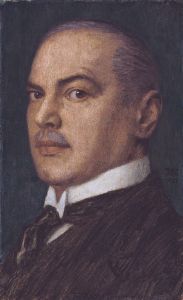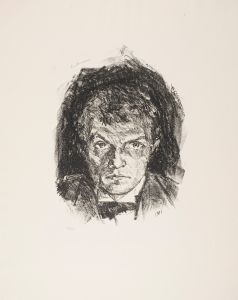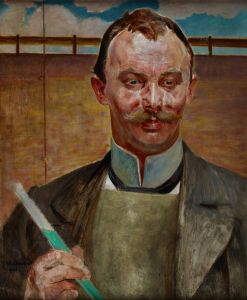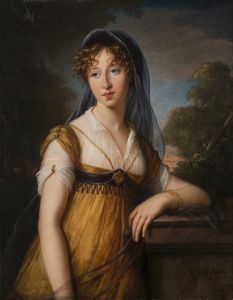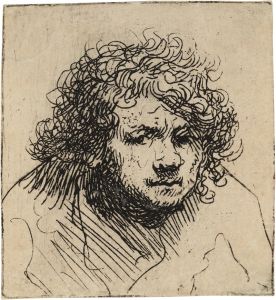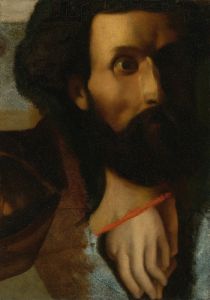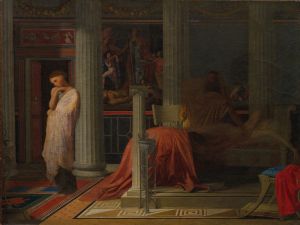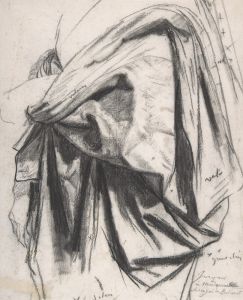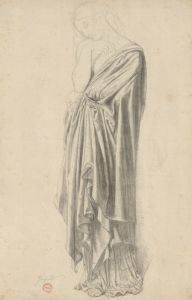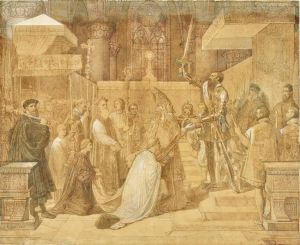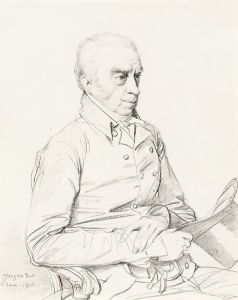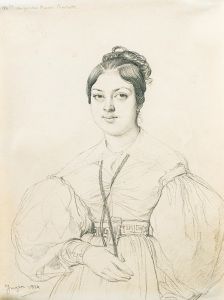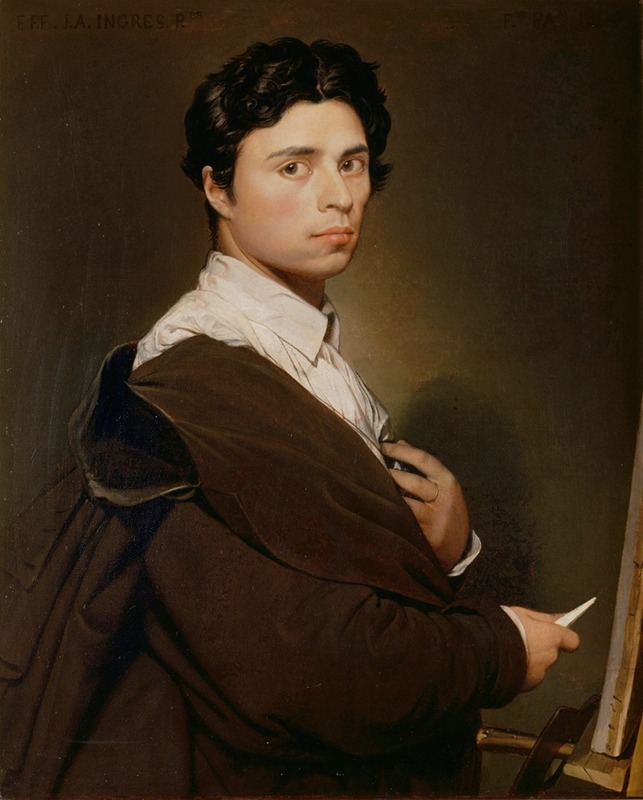
Autoportrait À Vingt-Quatre Ans
A hand-painted replica of Jean Auguste Dominique Ingres’s masterpiece Autoportrait À Vingt-Quatre Ans, meticulously crafted by professional artists to capture the true essence of the original. Each piece is created with museum-quality canvas and rare mineral pigments, carefully painted by experienced artists with delicate brushstrokes and rich, layered colors to perfectly recreate the texture of the original artwork. Unlike machine-printed reproductions, this hand-painted version brings the painting to life, infused with the artist’s emotions and skill in every stroke. Whether for personal collection or home decoration, it instantly elevates the artistic atmosphere of any space.
Jean Auguste Dominique Ingres, a prominent French Neoclassical painter, created "Autoportrait À Vingt-Quatre Ans" (Self-Portrait at the Age of Twenty-Four) in 1804. This self-portrait is a significant work that offers insight into the early career and artistic development of Ingres, who would later become one of the most influential artists of the 19th century.
Ingres was born on August 29, 1780, in Montauban, France. He showed an early aptitude for art, studying under his father, Joseph Ingres, who was a painter and sculptor. Ingres later moved to Paris to study at the prestigious École des Beaux-Arts under Jacques-Louis David, a leading figure in the Neoclassical movement. David's influence is evident in Ingres' early works, including this self-portrait.
"Autoportrait À Vingt-Quatre Ans" was painted during a formative period in Ingres' life. In 1801, he won the Prix de Rome, a prestigious scholarship for art students, which allowed him to study in Rome. However, due to financial constraints, his departure to Italy was delayed until 1806. During this interim period, Ingres continued to develop his skills and establish his reputation in Paris.
The self-portrait captures Ingres at a pivotal moment, reflecting both his technical skill and his introspective nature. In the painting, Ingres presents himself with a direct gaze, engaging the viewer with a sense of confidence and self-awareness. The composition is relatively simple, focusing on the artist's face and upper body, with a neutral background that emphasizes his features.
Ingres' use of light and shadow in the portrait demonstrates his mastery of chiaroscuro, a technique that creates a strong contrast between light and dark areas to achieve a sense of volume and three-dimensionality. His attention to detail is evident in the rendering of his facial features and the texture of his clothing, showcasing his meticulous approach to portraiture.
This self-portrait is also notable for its psychological depth. Ingres portrays himself with a serious expression, suggesting a contemplative and introspective personality. This introspection may reflect his awareness of the challenges and opportunities that lay ahead in his career. The painting serves as a testament to Ingres' ambition and dedication to his craft, qualities that would define his long and successful career.
Throughout his life, Ingres remained committed to the principles of Neoclassicism, emphasizing clarity of form, precise draftsmanship, and the idealization of the human figure. His work often drew inspiration from classical antiquity and the Renaissance, and he became known for his portraits, historical scenes, and mythological subjects.
"Autoportrait À Vingt-Quatre Ans" is an early example of Ingres' talent and vision, foreshadowing the achievements that would follow. As Ingres matured as an artist, he continued to refine his style, producing masterpieces such as "La Grande Odalisque" (1814) and "The Apotheosis of Homer" (1827). His influence extended beyond his lifetime, impacting future generations of artists and solidifying his legacy as a master of Neoclassical art.
Today, "Autoportrait À Vingt-Quatre Ans" is appreciated not only for its artistic merit but also for its historical significance, offering a glimpse into the early life and mindset of one of France's most celebrated painters.





